Samsung, HTC and Sony have already released their flagship phones for the year; now it’s LG’s turn. The LG G4 “invites consumers to see and feel how great a smartphone can be,” or so the company says. But once you cut through the hyperbole, what’s left underneath?
Here’s a quick rundown of the G4’s key features.
Yes, That’s A Leather Back
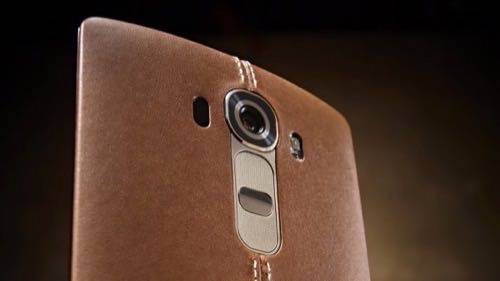
As expected, the LG G4 comes with the option of a leather back. It’s different, if nothing else, though the Moto X tried a more discreet leather look last year. LG is promising that its vegetable tanned leather, available in six colors, is environmentally friendly, hard-wearing and comfortable to the touch. It’s like having a case actually on the phone.
If the leather doesn’t grab you, then you can opt for a plastic alternative: ceramic white, metallic gray and shiny gold are the finishes to choose from. Interestingly, all the backs are interchangeable, so if users grow tired of one look then they can switch to another.
The Processor Is A Bit Slow
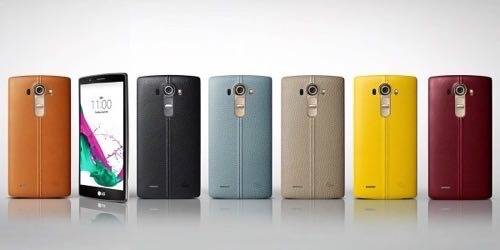
Spec wars aren’t as important as they used to be, but internal components are still often the first detail that buyers check. The LG G4 eschews the Snapdragon 810 found in phones like the HTC One M9 and opts instead for the Snapdragon 808. This 64-bit hexacore CPU is clocked at 1.8GHz and on paper doesn’t match the chips inside the Samsung Galaxy S6 and S6 Edge.
Performance isn’t solely tied to CPU speed, however, and LG insists that the optimized circuitry packed inside the G4 provides more power than the Snapdragon 810-powered LG G Flex 2. There’s 3GB of RAM here too, pretty much par for the course for a 2015 flagship.
The Display Is The Same But Different
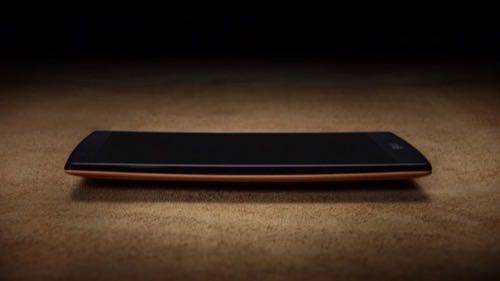
The QHD (1440 x 2560 pixel) 5.5-inch screen is the same as last year’s LG G3 on paper, though the manufacturer is promising some under-the-hood tweaks make it superior. LG says the new technology built into the G4 display offers 20% greater color reproduction, a 25% improvement in brightness, and 50% greater contrast.
The screen also slightly curved, though not as noticeably as with the LG G Flex 2—LG says this means the glass is less likely to crack if it gets dropped on the sidewalk. It’s also claiming that the screen is easier to see outdoors and less demanding on battery life, so the phone has “no problem” getting through a full day of normal use.
The Camera Got A Boost
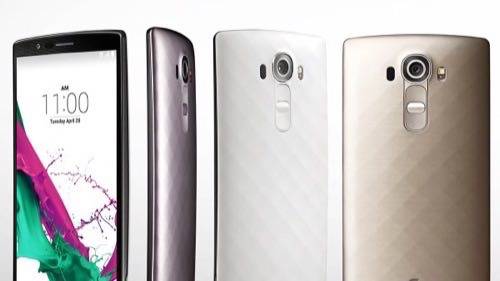
If there’s one area where Android manufacturers are collectively lagging behind the iPhone, it’s in the camera: No one has yet made a phone with a camera that can compete with Apple’s in terms of speed and quality. For its next attempt LG is offering a 16-megapixel rear-facing camera with an impressive f/1.8 lens aperture that should improve low-light performance.
The lens features optical image stabilization and RAW capture capabilities, and advanced photographers can get creative with manual shutter speed, ISO and white balance. For the less ambitious, there’s a quick shot hardware button that takes a snap instantly, even if the phone is locked at the time. Around the front is an 8-megapixel camera, a big jump from the LG G3’s 2.1-megapixel model.
It’s Trying So Hard To Stand Out
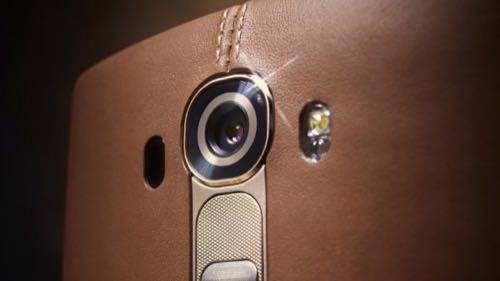
It’s not just the distinctive leather back that differentiates the LG G4. Its removable battery and microSD card are both increasingly rare among high end Android phones. Users disappointed when Samsung opted for fixed batteries and storage in the Galaxy S6 and S6 Edge might find the G4 tempting.
The LG G4 is entering an intensely competitive market, and it’s going to need as many distinguishing features as it can get. The leather back might seem gimmicky, but it helps identify the phone in a crowded field, while the extra Google Now-style smarts LG is adding to its flavor of Android could end up being a draw for buyers.
The LG G4 goes on sale in Korea at the end of April, coming to the U.S. by the end of May or the beginning of June. Pricing has yet to be confirmed.
Images courtesy of LG









